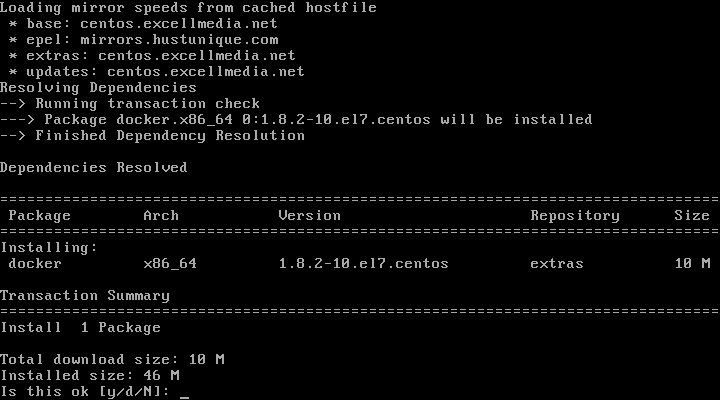

sudo yum install java-1.8.0-openjdk-develĬongratulations! You have installed OpenJDK 8 JDK.To install OpenJDK 8 JDK using yum, run this command: To install OpenJDK 8 JRE using yum, run this command:Īt the confirmation prompt, enter y then RETURN to continue with the installation.Ĭongratulations! You have installed OpenJDK 8 JRE. OpenJDK 8 is the latest version of OpenJDK. This section will show you how to install the prebuilt OpenJDK 8 JRE and JDK packages using the yum package manager, which is similar to apt-get for Ubuntu/Debian.

With that in mind, try to only install the version of Java that you need to run or develop your application(s). You may install various versions and releases of Java on a single system, but most people only need one installation. Most Java applications will work fine with either but you should use whichever implementation your software calls for.

Both implementations are based largely on the same code but OpenJDK, the reference implementation of Java, is fully open source while Oracle Java contains some proprietary code. There are also two different implementations of Java: OpenJDK and Oracle Java. JDK includes JRE and other software that is required for writing, developing, and compiling Java applications and applets. JRE is an implementation of the Java Virtual Machine (JVM), which allows you to run compiled Java applications and applets. There are two different Java SE packages that can be installed: the Java Runtime Environment (JRE) and the Java Development Kit (JDK). This tutorial is focused on Java SE (Java Platform, Standard Edition). There are three different editions of the Java Platform: Standard Edition (SE), Enterprise Edition (EE), and Micro Edition (ME).

You can learn how to configure a regular user account by following the steps in our initial server setup guide for Centos 7. The installation of the following versions of Java are covered:įeel free to skip to your desired section using the Contents button on the sidebar! Prerequisitesīefore you begin this guide, you should have a regular, non-root user with sudo privileges configured on both of your servers–this is the user that you should log in to your servers as. Java is a popular software platform that allows you to run Java applications and applets. This tutorial will show you how to install Java on CentOS 7 (also 6 and 6.5), modern Fedora releases, and RHEL.


 0 kommentar(er)
0 kommentar(er)
